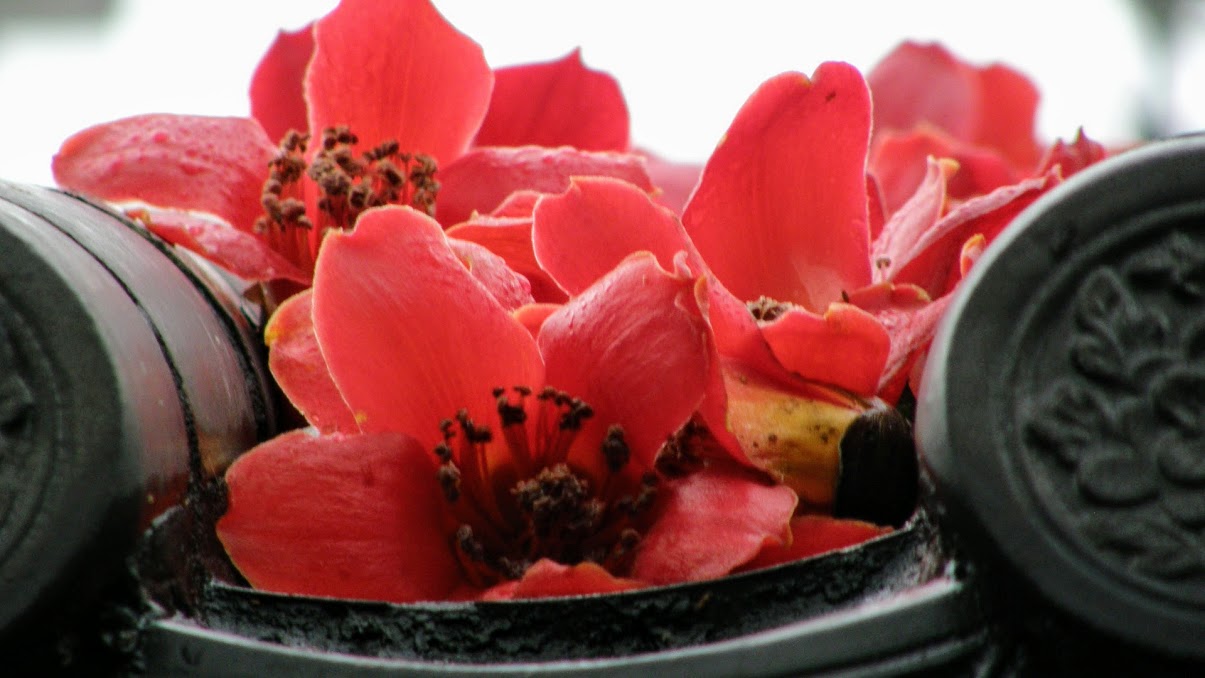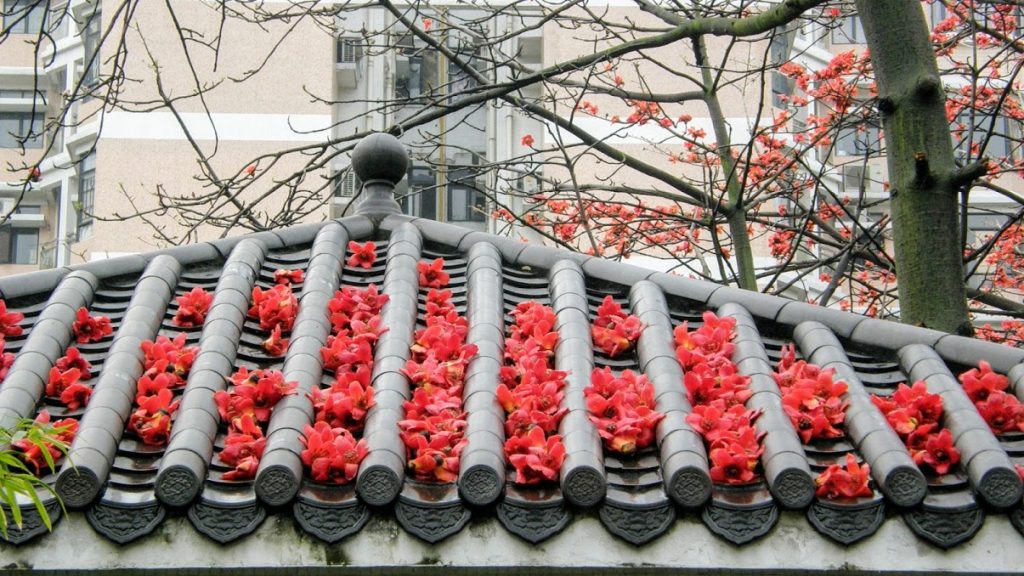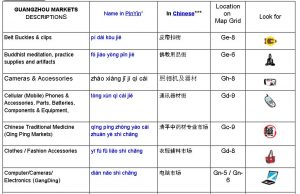
 In China wild Kapok is grown as a natural wild fibre like wild cotton but finer and softer, collected from wild kopak trees mainly in the southern areas of Guangdong, guangxi and Yunnan.
In China wild Kapok is grown as a natural wild fibre like wild cotton but finer and softer, collected from wild kopak trees mainly in the southern areas of Guangdong, guangxi and Yunnan.
The wild Kapok tree is a graceful and fascinating tree with long emerald green pinnate leaves ornamented with massed trusses of fluffy pink or red flowers. The seed pods contain silky kapok used for stuffing pillows.
The word Kapok refers both to the tree and to the silky fibre it produces, and sometimes refered to as silk cotton or Java cotton. The hair-like fibres that surround the kapok seeds are best used as a stuffing, where they have several advantages over more commonly used materials. Kapok fibres on their own are not suitable for spinning into yarn, as  they are too smooth, slippery and brittle.
they are too smooth, slippery and brittle.
In the rain forest the wild kapok is a majestic tree that grows up to 60 meters tall and towers over other rain forest trees.
This huge tree needs to be stabilized by buttresses, making it very wide and up to 3 meters in diameter. The trunk and large branches often have very large thorns and the canopy supports a large variety of plants and animals.
Wild Kapok trees sheds its leaves in the dry season, revealing hundreds of 15 cm long leathery pods and small flowers that are pollinated by bats.
When mature, the pods burst open revealing a whitish silk like fibre surrounding around small brown seeds which are dispersed by the wind.
Wild Kapok fibre obtained from the hairs covering the seeds are very silky and known as a bombacaceous tree, Ceiba pentandra (kapok tree or silk-cotton tree) used for stuffing pillows, etc, and also used for sound insulation.
kopak is similar to cotton in that both fibres are found around the plant seeds, rather than extracted from the stem or leaves.
The Kapok tree is also a perfect choice for a city courtyard where their rapid initial growth soon stops to create a living sculpture of spines and elegant fingered leaves.
Read on for more travel tips…
~ Don’t wait till you get into China to look for your bi-lingual maps (that’s if you can even find one), so why bother wasting time order one now and save …
BEIJING Maps; CHENGDU Map; GUANGZHOU Map; KUNMING Map; SHANGHAI Map; ShenZhen Map; TIBET map; (LHASA Map); XIAN Map all Trax2® China maps are completely multi lingual (Chinese characters, pinyin, English) and includes a localized English / Mandarin PhraseBook and online street indexes
Trax2 maps China travel guides review…
Just ordering some replacement maps. After my trip to southern China, the Trax2 maps were indispensable. There were NO better maps available anywhere. We traveled with personal guides and drivers around Guilin /Yangshuo and Yunnan and often I knew more than the guides …

I first purchased a Trax2 map in Dali, China. It was so helpful to us in getting around town without the use of a translator. We didn’t know the language well but the pinyin provided the information …
Must have Gear for travel …
For security and comfort travel with a Neck Wallet and don’t forget to pack these too…
More China Guides > Hong Kong markets | Nauru
More on Chinese healthy FOODS…
Green teas with Chinese food ~> Dong Oil Tea ~> Snow peas with garlic






